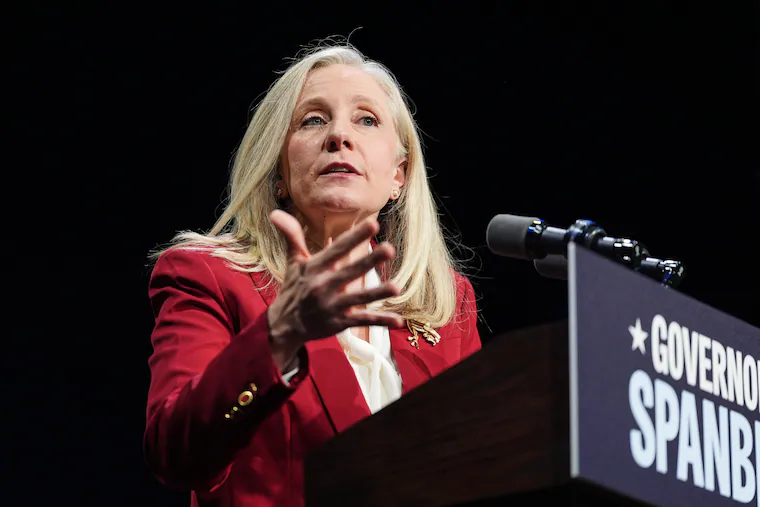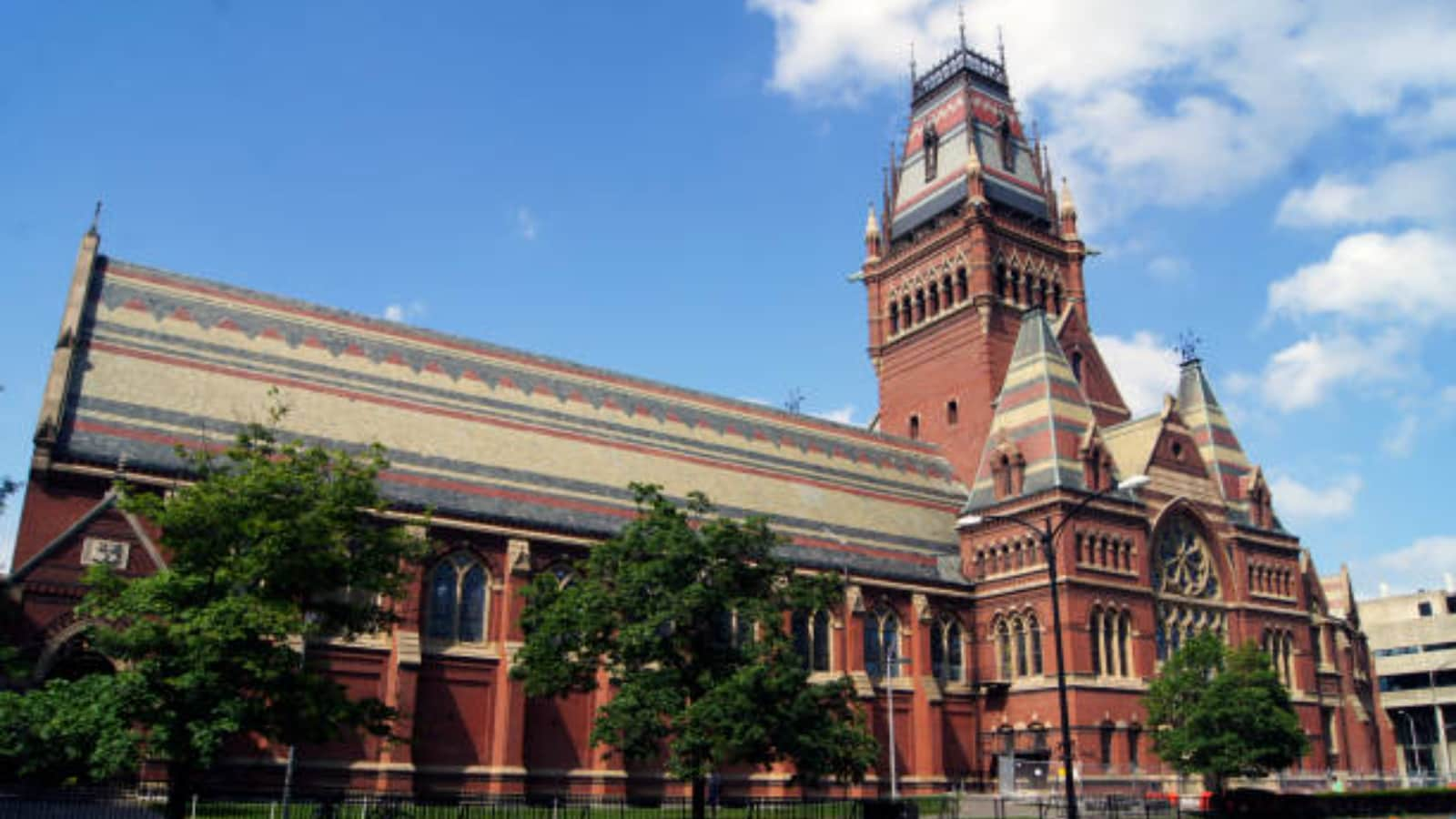Copyright The Philadelphia Inquirer

Who is the future of the Democratic Party? Last week’s victories in New Jersey, Virginia, and New York City were not about elevating one faction of the Democratic Party over another. They were a reminder that when we act as a coalition, when we remember who we are, we win. And when we forget, we fracture. Yet, inside the party, we are increasingly told we must choose: Are moderates and progressives stronger together, or must we decide between them? Are we defined by our loudest voices, or by our ability to embrace both idealism and pragmatism at once? How we answer determines not only how we campaign, but what kind of country we intend to build. The problem is not that our visions conflict. The problem is the pressure to force the coalition into a single ideological identity. The Democratic electorate is not a bloc. It is a coalition. When we treat a coalition as a faction, we don’t clarify our purpose. We collapse our power. The Democratic Party has never been a party of ideological purity. It has always been a coalition, across regions, identities, classes, generations, and traditions, held together by shared purpose. American goals Beneath the labels, nearly every Democrat wants the same basic things: that every child receives a good education, that no one goes hungry, that dignity accompanies work, that our air and water are clean, that where you begin should not determine where you end, and that everyone has a voice in our democracy. These are not ideological goals. They are American goals. When tactics become identity and factions become brands, we don’t just lose elections. We lose the connective tissue of the coalition itself. Last Tuesday’s elections underscored this. In Virginia and New Jersey, Abigail Spanberger and Mikie Sherrill rebuilt the suburban and independent alliances that had frayed in 2024 by focusing squarely on lowering costs and restoring competent governance. In New York City, Zohran Mamdani energized a very different electorate — younger voters, renters, working-class communities — with a bold plan to confront the city’s cost-of-living crisis. These candidates did not share ideological lanes. What they shared was a commitment to addressing the material conditions of people’s lives. And it worked. The strategic takeaway is not that Democrats must choose between progressives who inspire and moderates who persuade. It’s that each part of the coalition plays a distinct and necessary role. The progressive base drives enthusiasm, turnout, and the moral horizon. The moderate wing broadens the electorate and wins the races that decide power. The coalition is not the compromise. The coalition is the strategy. The coalition succeeds when each speaks authentically to its community while aligning on shared priorities. When Democrats invest in every part of the coalition, we don’t dilute our message. We expand it. And when we expand, we win. This is why the current debate inside the party is misdiagnosed. We are not losing because progressives are too bold or moderates too cautious. We lose when participation is assumed rather than earned, and when any part of the coalition is treated as expendable. Building a coalition Each segment of the coalition carries a different part of the American promise: the imagination to envision something better, the experience to know what it takes to build it, the urgency to act, and the lived legitimacy that binds communities to one another. We only become whole when we act together. But coalitions do not sustain themselves. They are built through trust, repeated contact, shared stakes, and leadership rooted in community. This requires investment not only in messaging, but in infrastructure: local organizers who know the block, cultural and civic institutions that anchor belonging, faith and neighborhood leaders with standing, and young leaders entrusted with real responsibility. Coalitions are not activated in October. They are cultivated over time. The future of the Democratic Party will not be decided by choosing moderates over progressives, or the reverse. It will be decided by whether we treat our coalition as a strategic asset and resource it accordingly, early and consistently, with respect for each community’s voice, history, and agency. We are living in a moment where cruelty and fear are being used to divide us. It should clarify us. The absence of our values is not a reason to abandon them. It is a reminder of why they matter. The coalition is not the compromise. The coalition is the strategy. If we act like it, not only in the final weeks of a campaign but every day, we will not simply win elections. We will renew the promise of American democracy itself.



